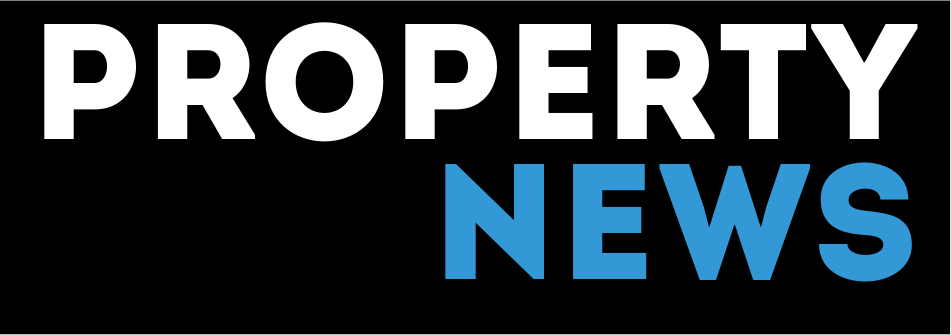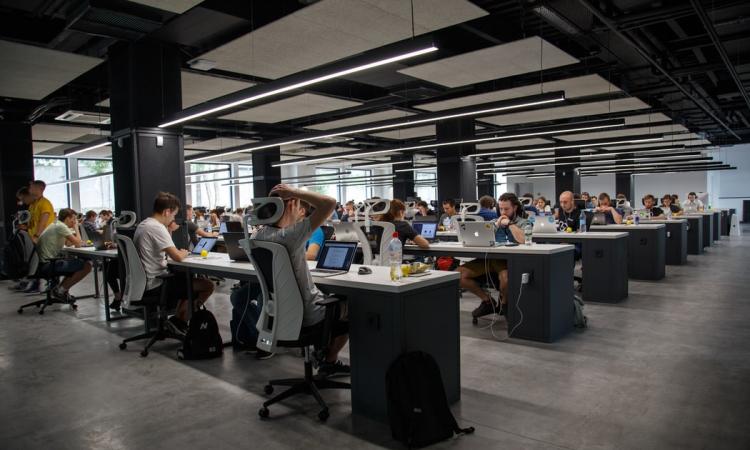The process of lockdown and pre-planning for this took most businesses by surprise, very few had a global pandemic plan in their emergency contingency planning process, Says Formed Architects.
Most businesses, particularly office-based ones have managed to adapt to the situation quite quickly albeit with support of their teams, IT support and an allowance on flexibility.
Tina Patel, Founder and Director of Formed Architects, says: "We do not yet know exactly when the lockdown will ease completely. With infection rates starting to reduce, there is a glimmer of light at the end of the tunnel, but it is clear that the office working environment may not go back to ‘normal’ for quite some time. At Formed Architects we are working with our customer base to start planning for the ‘new normal’, using this time to consider what the new workplace will mean for each business. This is likely to mean considering the viability of having office space, working with your respective teams to understand relative fears and concerns and introducing some creative architectural design solutions that allow for a productive and safe work place to meet your needs as business."
The solution, says Formed Architects, will vary subject to the needs of your business and will require a holistic approach. Many lease agreements will have some time to run before expiry, so just concluding that everyone can work from home is not going to be the solution unless you are comfortable with moth balling the office work space and can afford to do this. Yet, most offices are not designed for social distancing and working two metres apart, nor are common areas considered relative to the spread of a virus that you may not even know you have.
So how can you take measures now to help design the space to meet these changing needs? Of course, each scenario should be considered specifically for the operational needs of each business, but here are some points to consider:
Cost reduction measures
Think about measures that can be taken to reduce your overheads in relation to your office space.
- Can the workspace you occupy be reduced without undue penalty?
- Is subletting permitted? If so, can you safely split the space and let the surplus to another company in a similar situation (perhaps one that compliments your business). By reducing your desk space, while observing social distancing measures, you will have to encourage rota working, with teams working from home perhaps 3-4 days a week and coming in one day using a generic desk to work from when in the office. We would recommend this over simple staggered times and hotdesking as daily sanitisation of the workspace will help to reduce potential virus spread and ease associated fears. You will, of course, want to consider how ‘generic’ hot desks affect people in their workspace, potentially impacting productivity and sense of worth within the business.
Fear alleviating measures
After a sustained period of lockdown, social distancing and in some cases self-isolation, it will be strange for many people to be back in a busy working environment and many may be fearful of being in close physical proximity to other people again. There will be certain amount of fear allaying measures that will need to be addressed.
- Spatial layouts – review these to discover what is possible in terms of keeping two metres apart. This may be easier in some offices but how can this be managed in hallways etc.
- Temperature measuring points in entrances – how can these be integrated within the existing infrastructure in a way that they are not imposing ‘bolt-ons’, but assuring and safe to operate.
- Communal areas – tea stations and kitchens – how can small measures in these spaces help reduce spread of a virus without the need for increased cleaning. From turning on the tap to boiling the kettle, these regular touch points are all areas where there will be underlying concerns around virus transmission.
- Welfare facilities – The toilets and shower rooms are also areas that you will want to consider for safe use. Shower rooms are likely to get more use as people continue to cycle to avoid public transport – what measures can you put in place to help with safe use between each user, that can be enhanced with the physical design of these spaces relative to the way that they are used?
Income generating measures
Look again at your overall asset(s). Could a secondary or passive income be generated? Typically, this will only apply when you own the freehold, but for leaseholders, you may consider working in tandem with your landlord who may be struggling with rent collection.
- Now may be the time to consider other ways that the building as an asset can make you money. This may be looking at converting the building into residential units or another use and can be done in tandem with keeping the space that you now need. You don’t necessarily need to develop the space, obtaining planning permission in the first instance will open it up to the option of selling that portion with planning.
- If you are in a high street location and you have space above the unit, you may consider getting planning for the air space. Again, you do not need to build this yourself, but it can be sold on with permission for someone else to develop.
Planning rules around conversion and air space are specific, but we can discuss your needs to understand viability around this and what may be possible relative to your specific site.
This is just a small summary of things that you may want to consider around your physical workspace and the needs of your teams and sustaining your business whilst we come out of lockdown.
Formed Architects are currently working with businesses to discuss, design and deliver options that will enhance performance as we come out of this transitional period.

